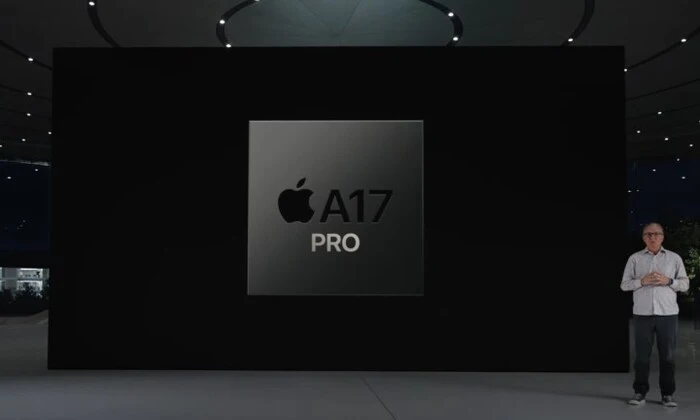The release of Apple’s iPhone 15 Series has invited endless Android comparisons and talking points. One of the biggest talking points is the comparison between Apple A17 Pro and Snapdragon 8 Gen 2.
With Apple ditching the Bionic moniker, many users are wondering what to expect from Apple’s latest processor. Moreover, before learning about the specs, it is important to note that Apple is no longer packing its powerful chipset into every iPhone. The Apple A17 Pro is exclusive to the iPhone 15 Pro and iPhone 15 Ultra.
If you want to see how the two processors compare, then this guide will be helpful. In this guide, you will get to know what to expect from Apple A17 Pro and Snapdragon 8 Gen 2 processors.
What to expect from Apple A17 Pro and Snapdragon 8 Gen 2

Apple’s newest processors are built on its customized take on the ARM architecture. The A17 Pro features a couple of powerhouse cores and four energy-efficient cores. Moreover, there is a conservative 10% performance boost over Apple’s A16 bionic and up to 3x better performance per watt efficiency gains for the smaller ones. Based on its predecessor, this pushes the A17’s CPU capabilities beyond the Snapdragon 8 Gen 2.
GPU-wise, Apple has made a number of significant changes. The number of GPU cores has moved from 5 to 6. Meanwhile, other architecture changes have produced up to 20% boost to the graphics performance. Qualcomm’s Adreno 740 became the leader in the race last year and it would take a 20% further performance boost for Apple to reach Snapdragon here.
For the first time, the Apple A17 Pro will come with hardware ray-tracing capabilities. Qualcomm’s Snapdragon 8 Gen 2, MediaTek Dimensity 9200, and Exynos 220 also come with support for ray-tracing graphics. This means Apple has started to catch up. According to Apple, this move to hardware-based ray-tracing will deliver a 4x performance gain over the Apple A16 Bionic’s software approach. The most impressive thing here is that the new chip could play a role in a small selection of console games as well.
Another big talking point is Apple’s use of TSMC’s cutting-edge 3nm manufacturing process. This is an improvement over the evolving 5nm processes used for the last three generations of processors. In fact, Apple is believed to be the only manufacturer using TSMC 3nm in 2023. Moving from 5nm to 3nm process will result in an approx. 35% boost to energy efficiency, which is great for battery life. There is also a 60% improvement in logic density compared to N5. Apple has closed a few other gaps as well, with the introduction of 5.3 connectivity, AV1 decoder support, and the same Snapdragon X70 5G modem as this year’s Android smartphones. However, the Snapdragon 8 Gen 2 still stays in front with 8K recording capabilities, Wi-Fi 7 support, and an option for lossless audio via aptX.
With notable gains in CPU and GPU, a jump to a much more efficient process node, and numerous new and exciting features, the Apple A17 Pro is shaping up to be one of Apple’s most significant upgrades in recent years. However, Apple is still believed to be a generation ahead in its chipset cadence. Android users will be able to enjoy their own boost in processors with the upcoming arrival of Snapdragon 8 Gen 3 and Google’s Tensor G3.
Pic credit – www.digitaltrends.com